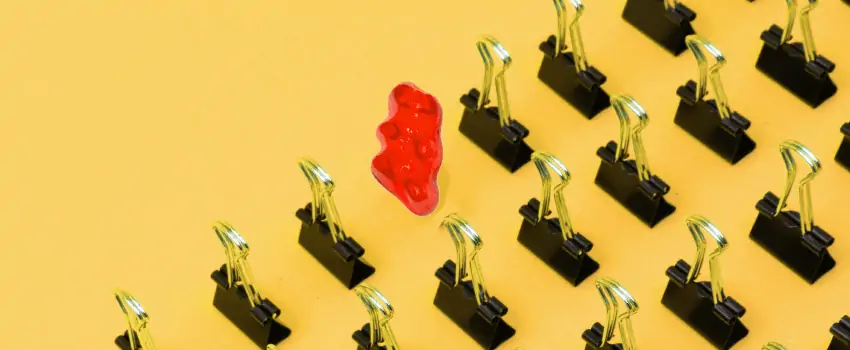Blog
Life keeps teaching you the same lessons until you learn them. Next year, I will have finally learned my lesson about teaching plagiarism in high school: do it early.
At the beginning of the year I’m always so excited to meet my new students and learn about their literary interests and writing skills that I forget to refresh their memories about plagiarism. I assume it’s been covered in middle school and that the rules are obvious. Yet year after year, my students teach me that this assumption is false. There are always questions about specific cases, clarifications about obscure details and shocked faces when self-plagiarism comes up. Not to mention the same inevitable confrontation with a student who didn’t realize rewording a Wikipedia article or copying and pasting “just the introduction” counts.
This year, my plagiarism unit came first thing after winter break. I had closed the previous semester with an unfortunate case of plagiarism in high school and was determined to make sure it wouldn’t happen again. My favorite way to introduce the topic is through music. There are several compilation videos on YouTube with hit songs and their original samples. Before I even say the word “plagiarism,” I tell my students we’re going to listen to some old songs and that their job is to guess which modern song sampled the oldie. They get really into the game and the music buffs are able to show off their knowledge. (It’s also a great way to get to know the musical tastes of the class.) After a few minutes of this, I switch videos to the final round: a song that has gotten an artist in legal trouble for violating copyright laws.
I chose a top ten pop hit from 2014 compared to an 80s classic rock song with a similar melody for this year’s final round. I told the students that the final round is more difficult because only one aspect of the song was allegedly copied. Many students were stumped, as they didn’t think the songs were that similar. This led right into a discussion about music plagiarism, a subject of interest to many students, that touched on many points that directly relate to plagiarism in high school. For example, one student asked, “If they have permission from the original artist, isn’t sampling allowed?” Another added, “They have to put their name in the credits.”
Finally, after this long introduction, the students are ready to discuss plagiarism. If you don’t hook them in the beginning, they will shut down as soon as you say the “p-word.” I present statistics about copying and plagiarism so students feel more comfortable talking openly, knowing that it’s a widespread issue. I emphasize the fact that being proactive and informed are the best ways to avoid the dreaded “zero with no possibility of make-up,” the typical minimum consequence for plagiarism in high school. I also stress that among the types of plagiarism (direct, self, and mosaic), there is also accidental plagiarism. Students must understand that even if accidental, these cases carry all the same consequences as intentional plagiarism.
The most important skills to teach for avoiding accidental plagiarism are proper quoting, summarizing, and paraphrasing with parenthetical or in text citations. A common misconception is that it’s not necessary to cite if you paraphrase or summarize. Many students believe rewording someone else’s article still counts as original work. This connects back to the music discussion, since taking someone else’s idea for a melody can be considered a copyright violation. We spend several days practicing quoting, summarizing and paraphrasing example paragraphs. This may seem juvenile for high school, but these skills need to be constantly reinforced in every grade level with increasing difficulty. During these exercises, students make a habit of consistently citing sources.
I teach my students to use EasyBib correctly to make accurate citations. It’s always amusing to me that some students complain about citing sources when it is made so easy for them. Back in my day, we had to create citations from scratch by finding all the information ourselves. Now, with one click, you can switch between MLA style, APA style or even Chicago style format.
The only reason I need to go over these sites with my classes (instead of just telling the kids to use them) is that they need to be reminded not to just click through the steps without looking at the information being pulled. When the algorithms can’t see a piece of information that is available, it’s the student’s job to fill that in. When a full citation looks particularly sparse, I usually review the site myself to make sure the student did the same. If an author or publication date is missing from the citation, I use it as a “teachable moment” to show the student why they need to use their own brain in addition to the online tool.
Having the plagiarism talk early and clearing up misconceptions is often the best way to make sure your students are producing high-quality, original work they can be proud of. Plagiarism in high school is one thing I am very serious about because if I’m not, I know it will cost them much more in their future education or career.
